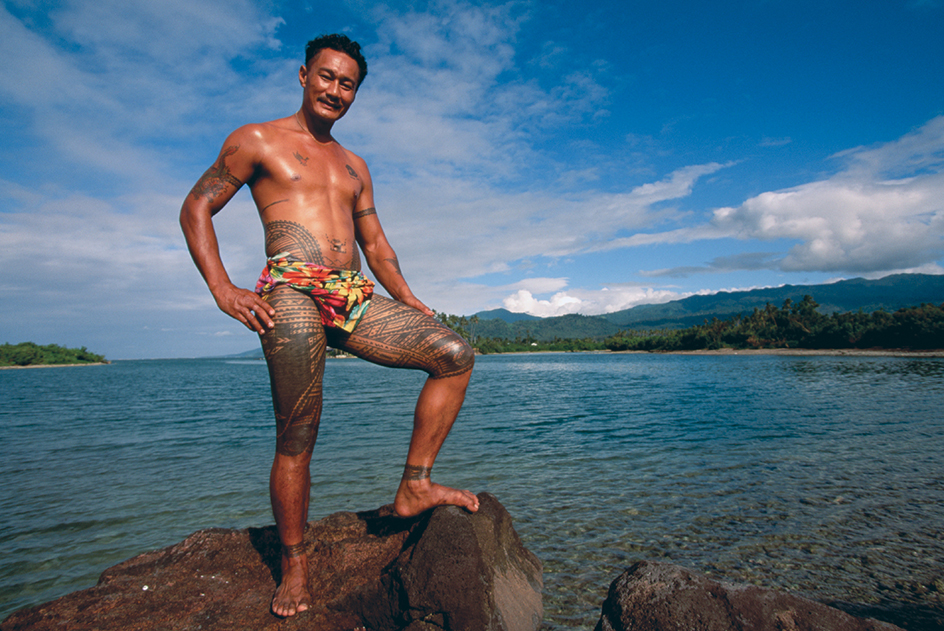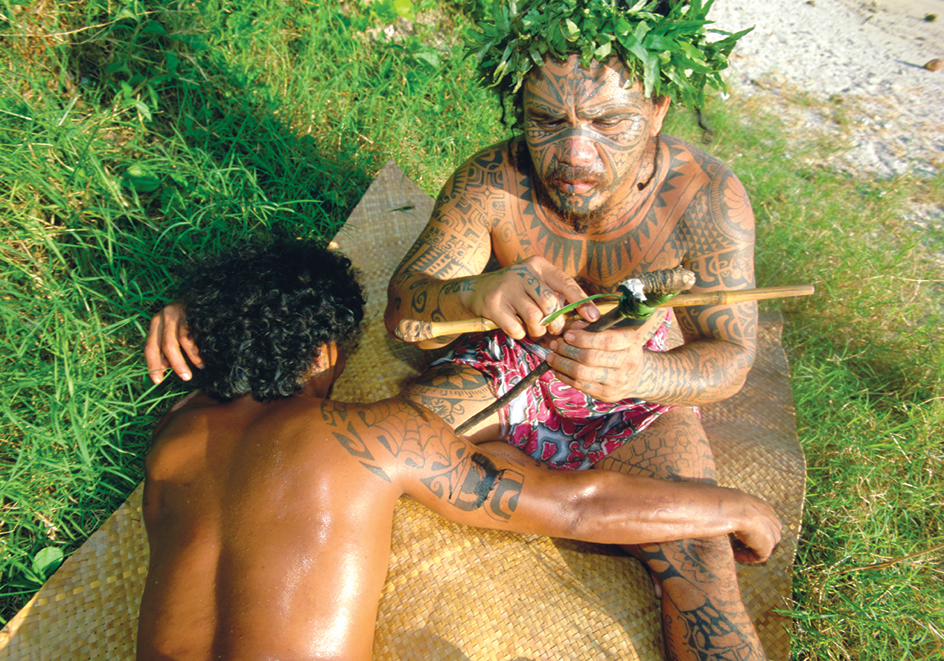Tattooing is the process of dyeing the skin with permanent designs. To create a tattoo, a tattoo artist pricks the skin with needles to deposit small amounts of ink or other pigments in the underlayers of the skin. Tattooing is an art form in many cultures. Tattoos have also been used to brand livestock and, sometimes, people who were being imprisoned or enslaved. Some people get tattoos to declare religious conviction or romantic devotion, and to express opinions. In some cultures, tattoos are believed to confer magical powers or cure illness.

The practice of tattooing is ancient. Cave paintings that are more than 8,000 years old show human figures who appear to have tattoos. Tattooing has been practiced by many peoples. They include Native Americans, peoples of Indonesia and India, and some African peoples. The most elaborate traditions of tattooing, however, are found in Japan and Polynesia. Japanese tattooing is known for colorful designs that may cover the entire body. Polynesians traditionally used tattoos to protect an individual from attacks by unseen forces and to project the person’s own sacred power.

Until the 1900’s, Western cultures generally disapproved of tattooing. Jewish and Christian tradition banned such skin decoration. In Western society, few people had tattoos. The only ones who did were sailors who had visited other parts of the world, prisoners, gang members, and prostitutes. However, decorative tattooing became more common in the 1900’s, particularly among men in military service. Since the 1990’s, tattooing has become popular and fashionable in the United States and Europe.
See also Body art.
